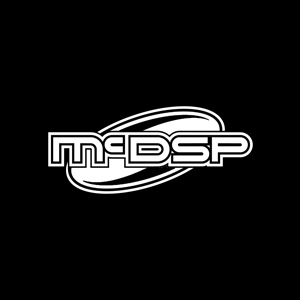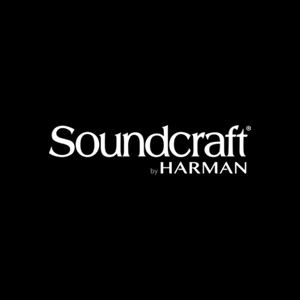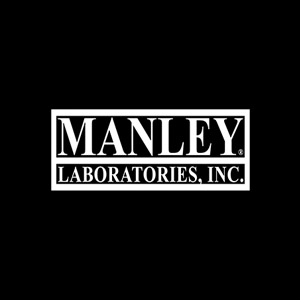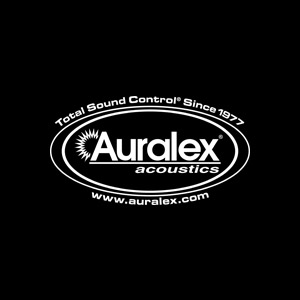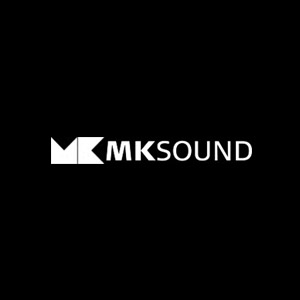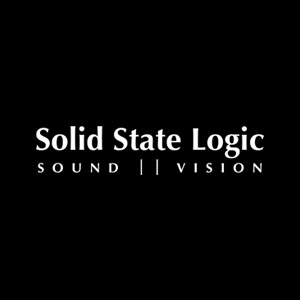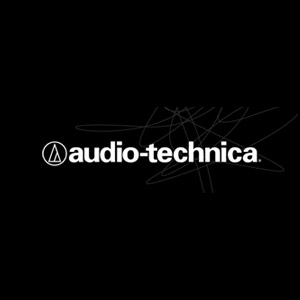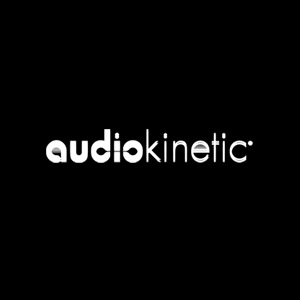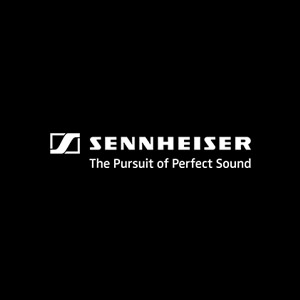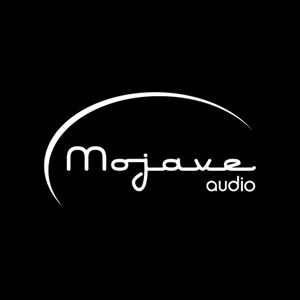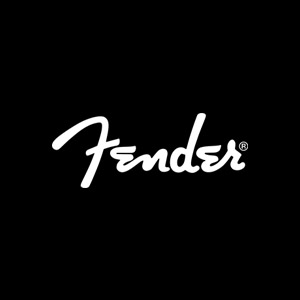What is an audio production?
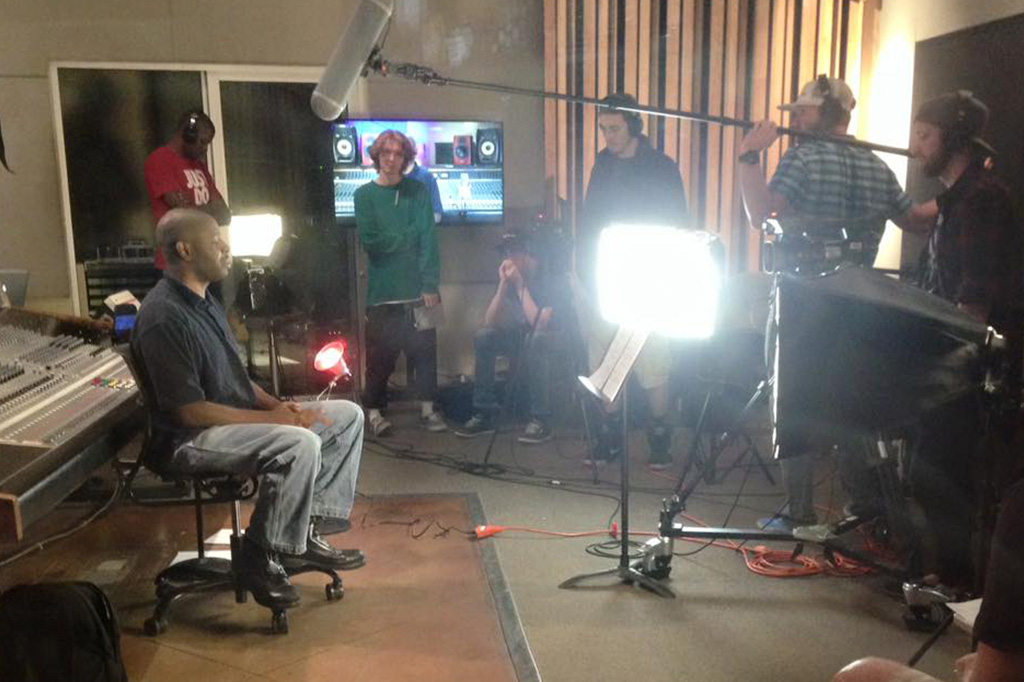
What is an audio production? Behind every recording there are thousands of puzzle pieces that need to be put together to paint our aural picture. As a listener, you expect to press play and hear a tune. There are hundreds of hours of audio production that lead up to the very second that first sound wave hits your ear. From tuning the instruments or setting up foley pits, to the mic selection and scratch testing, and eventually to mastering for playback, there’s a lot that goes into making an audio production that results in a great recording.
There are five different disciplines that our CRAS Master Recording Program focuses on:
- Music Production
- Film and TV
- Live Sound
- Broadcast
- Video Games
An “audio production” is more commonly found in the Music Production and Film & TV (Post Production) categories, where the end result of our recording is a tangible, deliverable product.
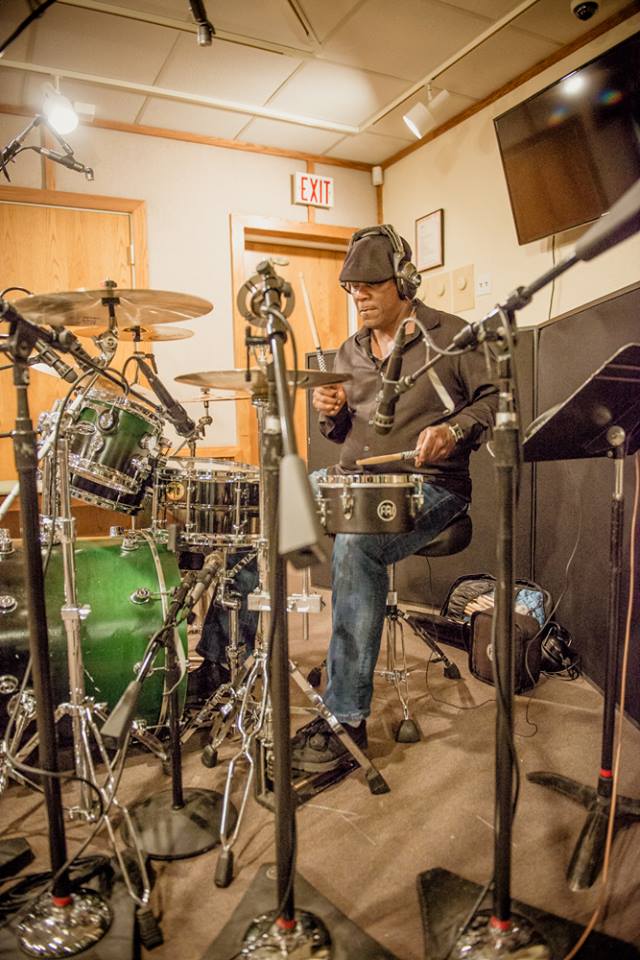
When talking about music production, we can think of late nights in the studio, long hours trying to get that perfect sound. That, however, is the shorter part of the overall production. The next step, where we massage the mix with the help of compressors, EQ, and automation can be a very involved process.
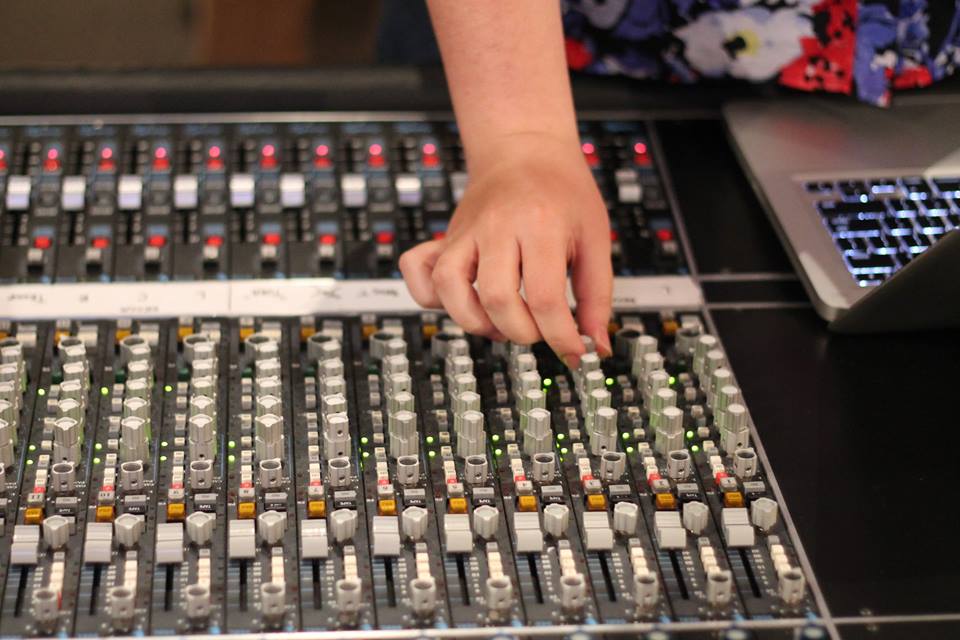
Having the knowledge on what processors to use, or techniques to try is key to having a high quality audio production. Signal flow is the most important aspect of audio recording. This not only includes how we get sound from the mic to our recording console, and then back to the speakers. It also includes how we take our recording, process it through our plug-ins and digital audio workstations.
Some techniques, such as a 50 Hz tone effect, work great when we are focusing on our quality drum production.
Many engineers have a work flow that takes them step by step through a mix production – some may start working on the drums, and subgroup them to a channel. Then move on to the bass, and make sure the bass recordings mesh well with the drum subgroup. Next, on to the guitars, so on and so forth. Then, finally, vocals.
Once you are finished constructing the mix, the next step in the audio production is to get the final mix off to the mastering facility. There, they will take the two track mix and master it. Mastering is a process where we finish the mix and optimize it to sound the same on any playback system. The final product of mastering will be our source material for the actual production part of the audio production.
Once the final mastered product is ready, then it can be distributed to the end consumer. This is when the vinyl prints and MP3s are made, and delivered to record stores and streaming services. Oversight during this whole process is usually up to the producer, who is in charge of making sure the entire audio production works, stays on time and on budget.
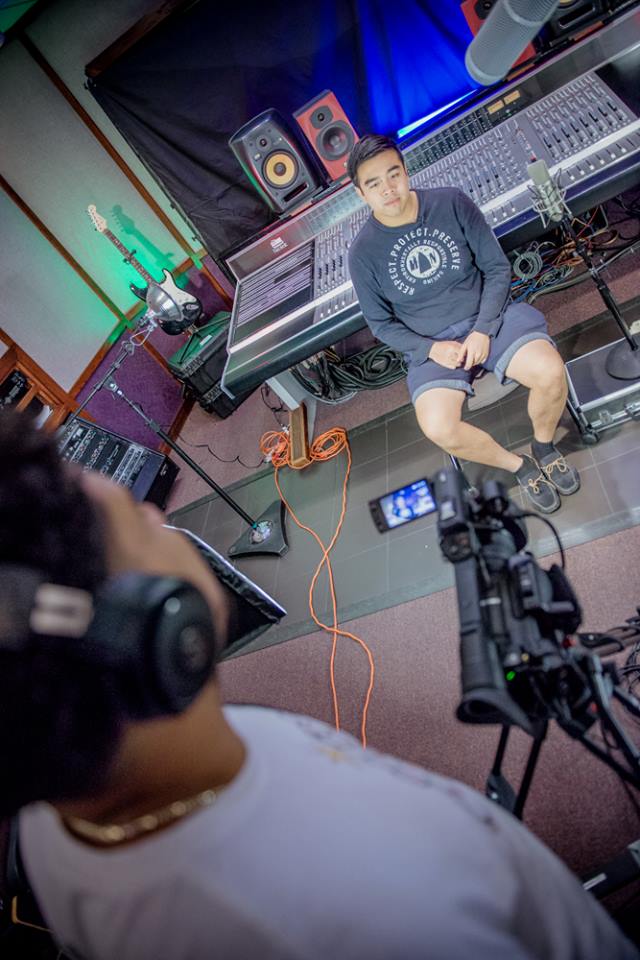
By comparison, Post Production has a similar workflow. We begin the process with the script and initial filming, with production audio. Production audio is recorded on the set, live while filming. However it’s rarely used in the final recorded product. It is used as a reference guide, but most of the audio in television and movie productions is recorded separately, after the filming happens.
One of those steps is ADR – automated dialog replacement. This is where actors come into the recording studio, and re-record their dialog and voice lines. Usually there will be a television set up, and the actors will follow along the screen. CRAS students get hands on experience doing this during our 7th cycle Post Production curriculum.
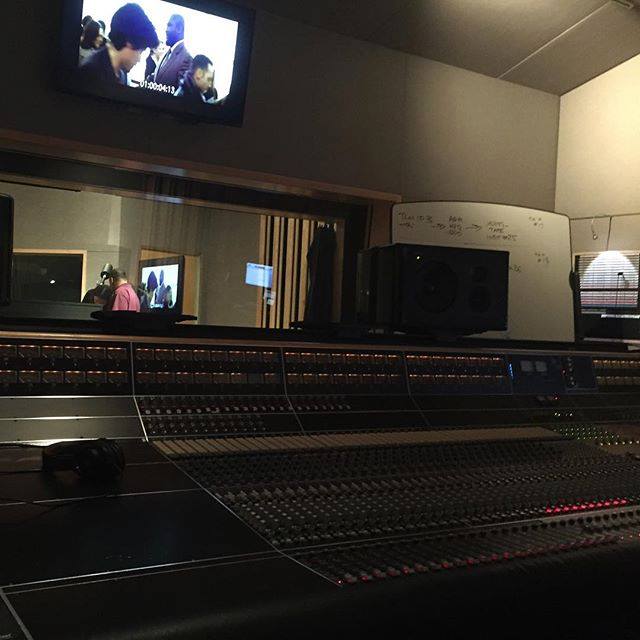
Aside from just voice and dialog lines, there are also sound effects. This is another separately scheduled studio session called a “foley” session. During foley sessions, we recreate sound effects like foot steps, clothing sounds, and other miscellaneous on screen effects.
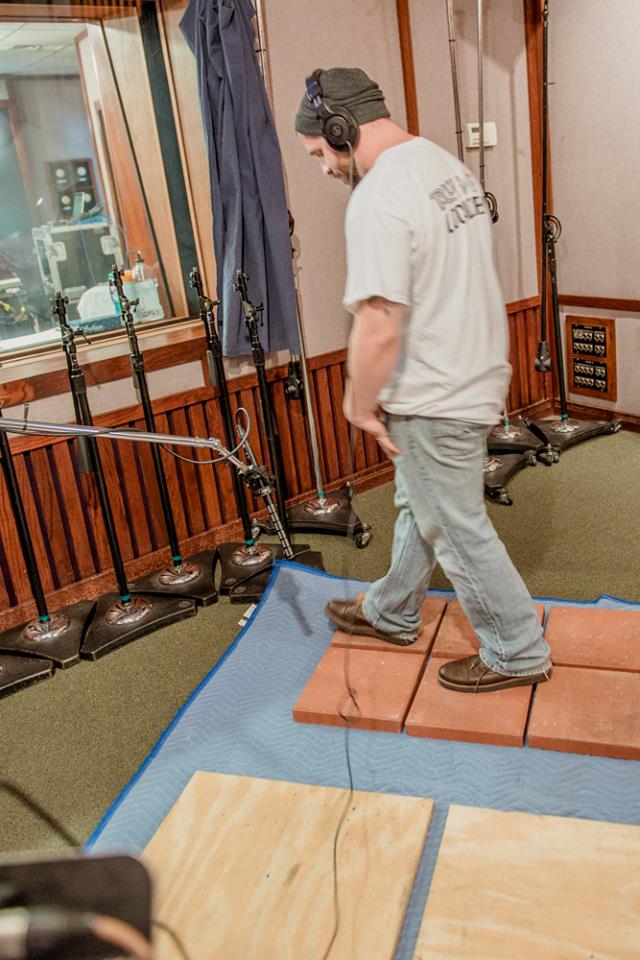
These assets will later come together with the movie score. Often times the final elements of the film will be mixed on a dub stage. A dub stage is a movie theater-sized room with a mixing console, so that a post production audio engineer can blend the various stems (ADR, foley, SFX, etc.) in a room the same size as the target audience’s.
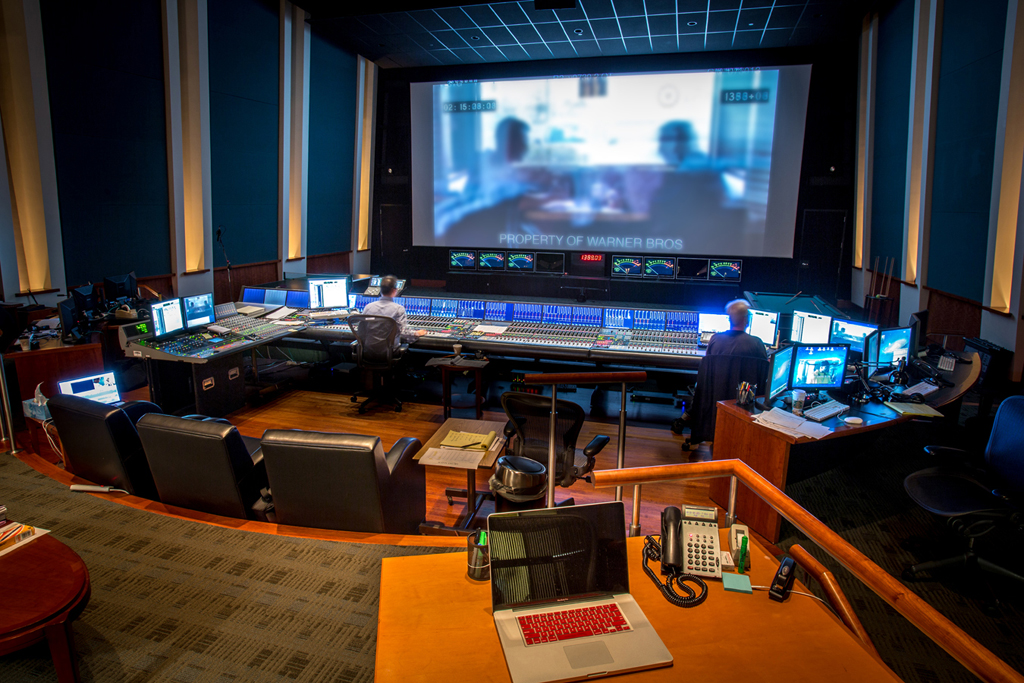
Warner Brothers Sound Stage
So altogether, a number of elements can be found in an audio production. There are all kinds of planning involved, from scheduling studio time to organized Pro Tools session files, and the final delivery of the product. With studio based audio production, the entire process starts with booking studio time, choosing mics, recording, mixing, mastering, and then distribution. In post production workflows for television and film, there is the initial filming, booking studios, foley, sound effects and ADR, musical scoring, final dubs and then distribution.
There’s a lot that goes into making killer records! You can find out more about our audio production program by clicking here.


